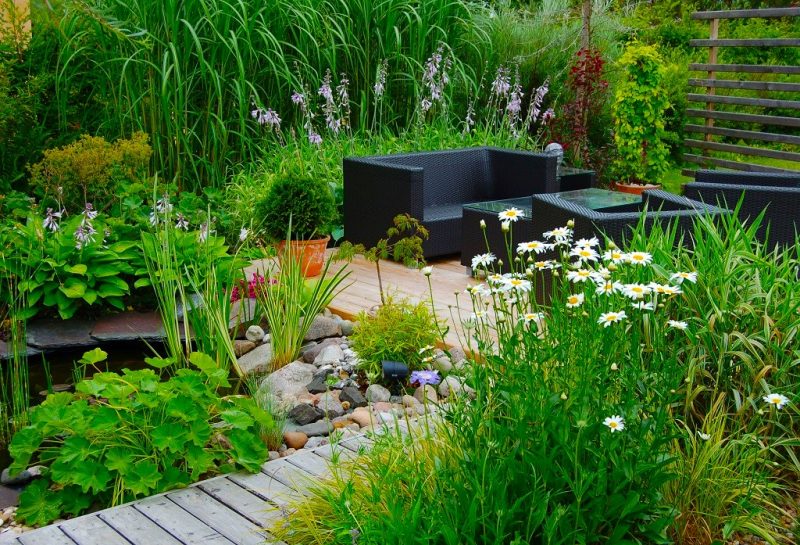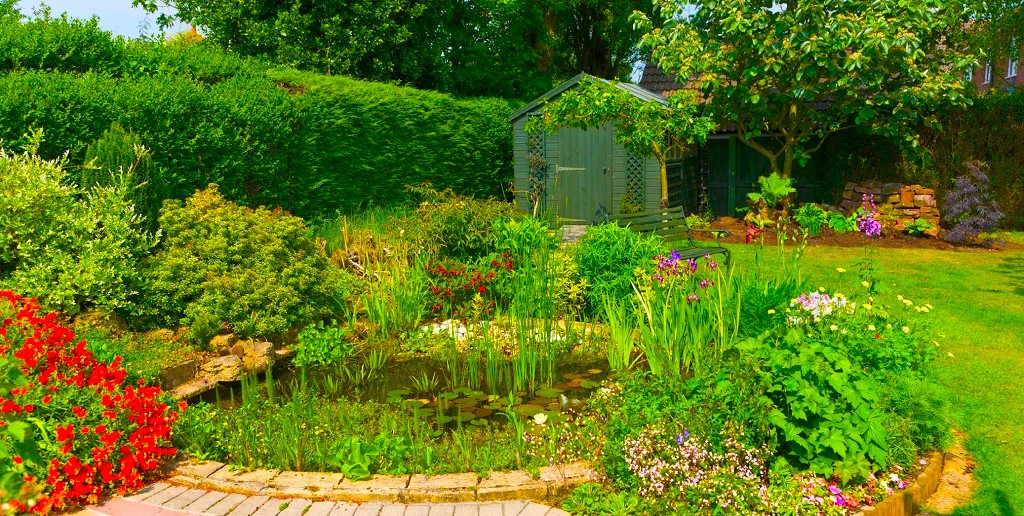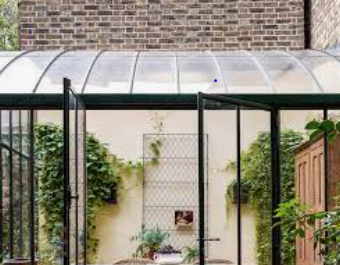In the realm of gardening, enthusiasts often find themselves captivated by the initial excitement of planting and designing their green havens. While the thrill of choosing vibrant flowers and lush greenery is undeniably exhilarating, the journey toward a thriving garden doesn’t end with the first seed. Garden maintenance is the unsung hero, the backbone that sustains the beauty and vitality of your outdoor sanctuary. In this blog post, we’ll explore the pivotal role of garden maintenance and delve into some practical tips to ensure your garden not only survives but thrives.
The Essence of Garden Maintenance
Imagine a well-designed garden as a canvas and maintenance as the brushstroke that brings it to life. Regular upkeep is the key to preserving the aesthetic appeal and health of your garden. It’s not just about mowing the lawn or occasional weeding; it’s a holistic approach that encompasses everything from soil health to pest control. Let’s unravel the layers of garden maintenance and understand why it’s the secret ingredient to a flourishing landscape.
-
Soil Health: The Foundation of a Thriving Garden
Healthy soil is the cornerstone of a successful garden. It provides essential nutrients to plants, aids in water retention, and supports the intricate web of microorganisms that contribute to a balanced ecosystem. To ensure your soil remains fertile, regular testing is crucial. Understanding the pH levels and nutrient composition allows you to make informed decisions about fertilizers and soil amendments.
Tip: Invest in a quality soil testing kit to assess the health of your soil periodically. Based on the results, amend the soil with organic matter or targeted fertilizers.
-
Pruning and Trimming: Shaping Beauty
Pruning and trimming are the sculptors of your garden. While it may seem counterintuitive to cut back healthy branches, it’s a necessary step to encourage new growth, maintain plant shape, and improve air circulation. Neglecting this aspect of garden maintenance can lead to overcrowded plants, increased vulnerability to diseases, and a less appealing overall aesthetic.
Tip: Prune flowering shrubs right after they bloom to promote new growth and ensure a bountiful display in the following season.
-
Weed Control: Nipping Problems in the Bud
Weeds are the silent invaders that can choke the life out of your carefully curated garden. Tackling them promptly is essential, as they not only compete for nutrients and water but also serve as hiding spots for pests. A proactive approach to weed control minimizes the need for harsh chemicals and ensures the well-being of your cherished plants.
Tip: Mulching is a fantastic weed control method. Apply a thick layer of organic mulch around your plants to suppress weed growth and retain soil moisture.
-
Pest Management: A Balancing Act
A flourishing garden attracts not only admirers but also pests. Effective pest management is about finding a balance – controlling harmful pests while nurturing beneficial insects. Chemical pesticides should be a last resort, as they can harm the very ecosystem you’re trying to cultivate.
Tip: Introduce plants that naturally repel pests, such as marigolds, lavender, or basil. Additionally, encourages predators like ladybugs and spiders to keep pest populations in check.
-
Watering Wisely: Quenching Thirst without Drowning
Watering is an art in garden maintenance. While plants need water to survive, overwatering can lead to root rot and other issues. Understanding the water needs of different plants in your garden is crucial. Invest in a soaker hose or drip irrigation system to provide a slow, steady water supply directly to the roots.
Tip: Water early in the morning to minimize evaporation and reduce the risk of fungal diseases. Aim for the base of the plants to avoid wetting the foliage unnecessarily.
-
Regular Inspections: Detecting Issues Early
Regularly inspecting your garden is like conducting preventive healthcare for your plants. Keep an eye out for signs of disease, nutrient deficiencies, or any irregularities. Catching problems early allows for timely intervention and prevents the spread of issues.
Tip: Create a monthly checklist for garden inspections. Look for discolored leaves, unusual spots, or pest infestations. Address any concerns promptly to keep your garden in top shape.
Conclusion
Garden maintenance is the heartbeat of a thriving outdoor space. It’s not a chore but a commitment to the well-being and longevity of your green haven. By incorporating these practical tips into your gardening routine, you’ll not only enhance the beauty of your landscape but also create a sustainable and vibrant ecosystem. Remember, a well-maintained garden is a testament to your dedication as a gardener, and the rewards are boundless – from colorful blooms to the soothing rustle of leaves, your flourishing garden awaits. Happy gardening!
1. How often should I water my garden, and what’s the best time of day to do it?
Proper watering is crucial for a healthy garden. In general, aim to water your garden deeply and less frequently, allowing the soil to dry out between watering sessions. The ideal time to water is early in the morning, as this minimizes evaporation and gives plants ample time to absorb moisture before the heat of the day.
2. What’s the importance of mulching, and how often should I apply it?
Mulching serves multiple purposes in garden maintenance. It helps retain soil moisture, suppresses weed growth, and regulates soil temperature. Apply a layer of organic mulch, such as wood chips or straw, around your plants. Replenish the mulch as needed, typically once or twice a year, to maintain its effectiveness.
3. How can I tell if my plants are getting enough sunlight, and what do I do if they’re not?
Insufficient sunlight can lead to weak, leggy plants with poor flower and fruit development. Most flowering plants require at least six hours of sunlight daily. If your garden has shady spots, consider choosing shade-tolerant plants. Alternatively, prune nearby trees or bushes to allow more sunlight to reach your garden.
4. What are some natural ways to control pests in my garden?
Pest management is a crucial aspect of garden maintenance. Instead of resorting to chemical pesticides, consider natural alternatives. Introduce plants that repel pests, like marigolds or basil. Encourage beneficial insects such as ladybugs and spiders. Regularly inspect your plants for signs of pest infestations, and manually remove pests if needed.
5. When and how should I fertilize my garden, and what type of fertilizer is best?
Fertilizing provides essential nutrients for plant growth. The timing and type of fertilizer depend on the plants and soil conditions. In general, apply a balanced, all-purpose fertilizer in early spring as plants start to grow. Follow up with additional applications based on specific plant needs. Consider organic options for a slow-release and sustainable nutrient supply. Always follow package instructions to avoid over-fertilizing.
Image Source: GB.readly.com



